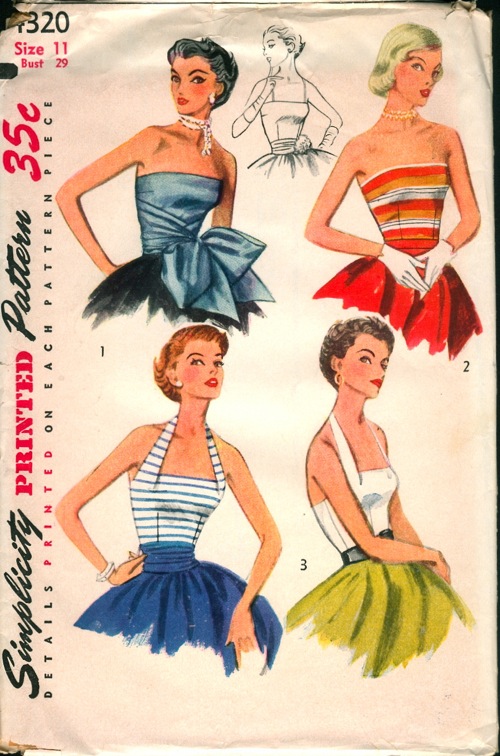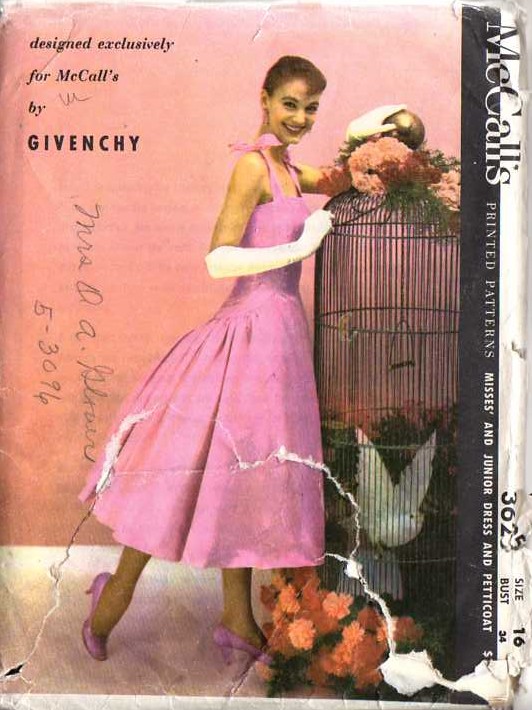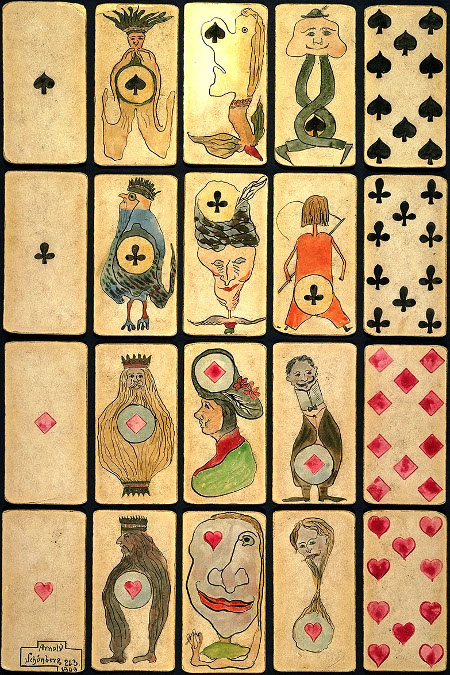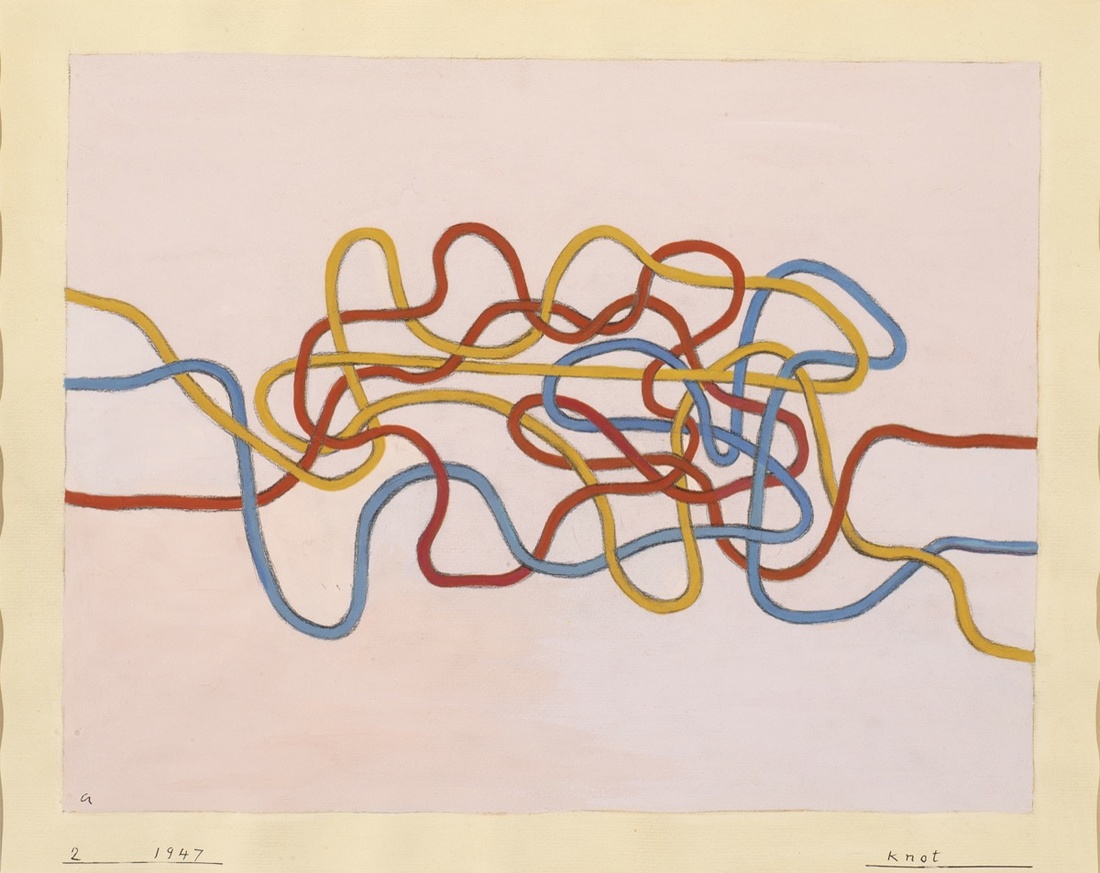There’s a danger for musicians in covering well-known songs from famous artists. The obvious problem: one can fail to meet the challenge and deliver a substandard performance of a beloved classic, almost a criminal act in the estimation of die-hard fans. But it’s too tempting not to try. Musicians, like writers and other artists, learn best by mimicking the greats, then take what they’ve learned and develop their own style. Some of the best covers of popular songs are those that transpose them into a different key, style, tempo, or another genre entirely. “Make it your own!” as they say. Still a risky move… especially when it comes to the Beatles.
There are indeed many phenomenal Beatles covers—such as Bad Brains’ live take on “Day Tripper” (for me anyway)—that rival the originals. Some others… not so much. But when a Beatles cover is really good, and I mean really, really good… it’s usually a pro who pulls it off. So hats off to David Brookings, an able non-famous musician and Beatles superfan who set himself the gargantuan task of covering 209 Beatles songs in 209 days. Are all his cover versions gems?
No, but the bar is set so high that it’s an impossible expectation, especially given the constraints. Brookings isn’t re-inventing the pop genius wheel. He’s having fun with Beatles’ songs, accompanied by an acoustic guitar, a keyboard, a friend—singing Yoko’s parts in the silly “The Continuing Story of Bungalow Bill,” above—or his wife Shelby, as in “Please Please Me,” below.…
With their home video production values, Brookings’ covers don’t rise far above the wealth of other such efforts that flood YouTube, many of which are highly admirable in their own way. But what sets his project apart—beyond its ambitious scope—is his occasionally trenchant commentary and an interesting personal backstory. Brookings undertook his Beatles covers project in 2010 as a tribute not only to the Beatles, but also, perhaps, to Steve Jobs, founder of that company named after the band’s own label (and likely tax shelter). Brookings says the whole thing may have been just a stunt just to show that “some idiot recorded all 209 songs in 209 days.” But it’s surely more than a coincidence that the year earlier, while working as a tour guide at Memphis’ legendary Sun Studios, he made such an impression on Jobs that the Apple founder invited him to Cupertino to help build Apple’s iTunes library of blues and early rock and roll.
A dream gig for any musician and student of musical history, and enough of an inspiration to take on the entire catalog of the most famous band in the world. What’s more, Brookings happened to be recovering from liver-transplant surgery when he met Jobs at Sun and scored the job. See Brookings and his adorable daughter McKinley sing “Norwegian Wood,” above and “She Said She Said” below, and check out all of his covers, as well as original songs and performances with his band, on his YouTube channel. Find Beatles covers 1–110 here. And songs 111–209 here.
h/t Mark at PartiallyExaminedLife
Related Content:
Hear 100 Amazing Cover Versions of Beatles Songs
Josh Jones is a writer and musician based in Durham, NC. Follow him at @jdmagness
















